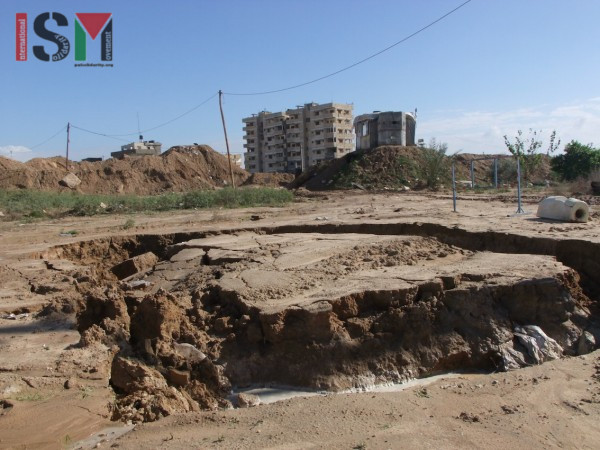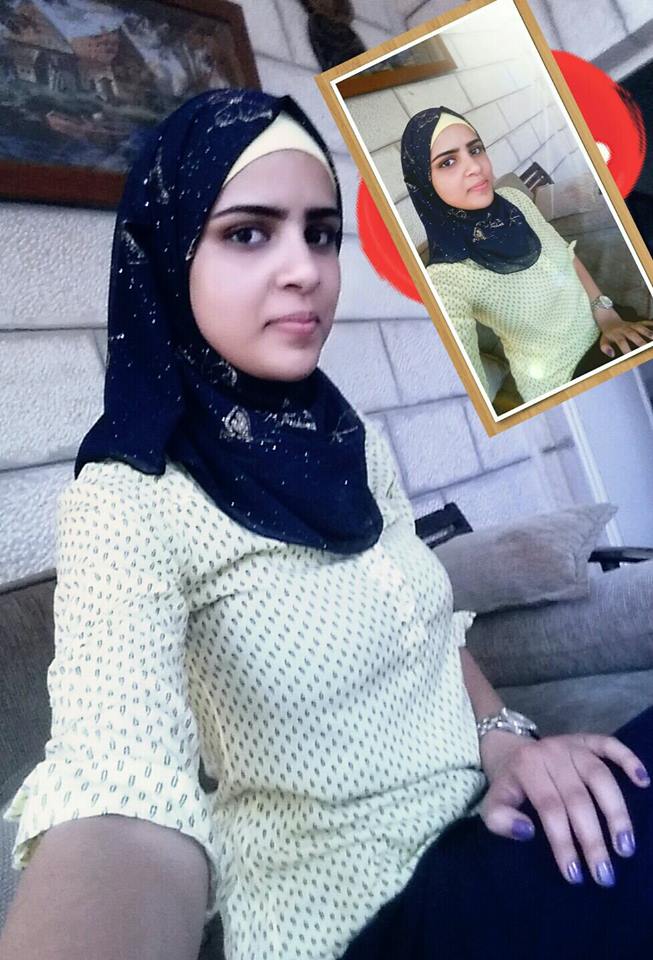Category: Features
-
Israeli forces continue slaughtering Gazan protesters
30th December 2015 | International Solidarity Movement, Gaza Team | Gaza strip, occupied Palestine Last Friday, 25th of December another youth, 22-year-old Hani Wahdan, was killed in Shijaia in Gaza. One week before, 20-year-old Mohamed El Agha was killed in El Faraheen in Gaza. Since the beginning of October Israeli snipers have killed unarmed demonstrators along…
-
Egypt’s seawater pumping project endangers Gazan’s lives
December 24th 2015 | International Solidarity Movement, Gaza Team | Gaza, occupied Palestine During recent months the subsidence of the land along the Egyptian border have become a great danger for the population of Rafah. This is due to the Egyptian project that has been pumping seawater all along its border with the…
-
Young prisoner, Marah, is fighting medical negligence to get her high school diploma
|December 23rd 2015 | Hamza Abu Eltarabesh | Gaza, occupied Palestine Palestinian journalist from Gaza, born in 1991, studied journalism at the Islamic University of Gaza, and works as a freelance journalist for various local media outlets. Participated in covering the third aggression against Gaza, & basically writes in social and political issues. (According…



